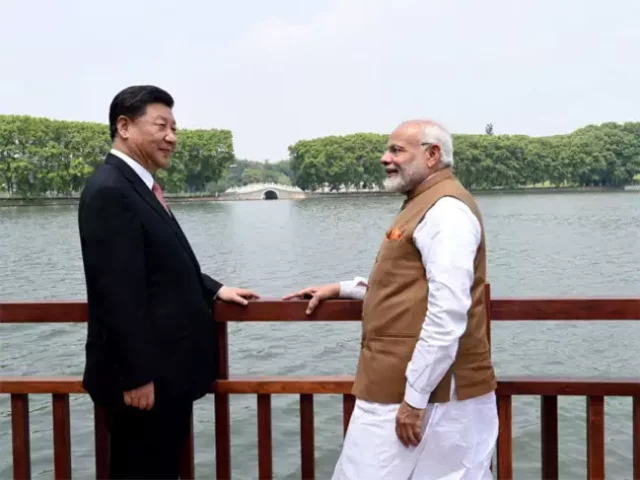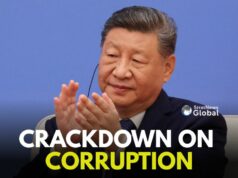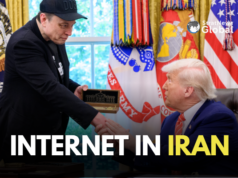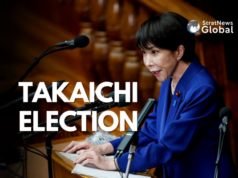A case of back to the future? The decision to revive the dialogue at the level of Special Representatives (SR), coincided with the agreement on disengagement announced at the 16th BRICS summit in Kazan, Russia.
“The SR was set up in 2003 to define the Line of Actual Control (LAC), which in turn would lead to dispute resolution,” said Prof Srikanth Kondapalli of Jawaharlal Nehru University. “The idea was that a solution would be worked out at the official level which the political leadership of both countries could then ratify.”
But this floundered when China refused to define the LAC in the western sector, basically Aksai China which they had occupied by stealth decades ago and have since heavily militarised.
The Chinese also see J&K as disputed and Ladakh as contested, it partly explains the clash in the Galwan Valley in May 2020 and all that has followed since then.
Adding to the complicated road ahead for India’s SR Ajit Doval, China has only conceded patrolling rights for India in Depsang and Demchok where it otherwise remains in full control.
“India has visiting rights,” remarked a senior former diplomat who dealt with China during his service. “China has not relented but found a way to satisfy India while retaining control.”
While that is a fact, there is a larger picture. Author, historian and foreign policy analyst Zorawar Daulet Singh writes that China sees an opportunity in “The US … doing everything to unsettle not just India but wrecking relations with major non-Western powers, almost simultaneously.”
The controversy over the alleged Indian plot to kill Sikh separatist Pannun is a case in point, also reports about the US tacitly encouraging religious and other elements in the overthrow of Sheikh Hasina in Bangladesh, much to Delhi’s discomfort.
Washington is doubling down on allies in the Indo-Pacific, from Japan to Australia and the Philippines, keeping India on the margins.
China has read the tea leaves, understands that its primary challenge is coming from the US in the Western Pacific, not India, therefore the need to neutralise secondary or peripheral threats. Therefore, the disengagement on the Himalayas.
Zorawar writes that the India China thaw provides a window “to outline a more sophisticated approach to leveraging China in India’s industrial manufacturing and developmental goals.”
“What economic actors in both countries and even third countries seek is a clear unambiguous policy intent and sector-wise priorities to be articulated at the highest level of government”
Calling for an India-China “strategic economic dialogue”, he believes the two countries have a common stake in reforming the global financial, trade and development finance architecture.
The leadership in both capitals needs to develop a “sophisticated policy framework that manages their old contradictions while also enabling them to step up and build the new multipolar world order.”
Thirty eight years in journalism, widely travelled, history buff with a preference for Old Monk Rum. Current interest/focus spans China, Technology and Trade. Recent reads: Steven Colls Directorate S and Alexander Frater's Chasing the Monsoon. Netflix/Prime video junkie. Loves animal videos on Facebook. Reluctant tweeter.





